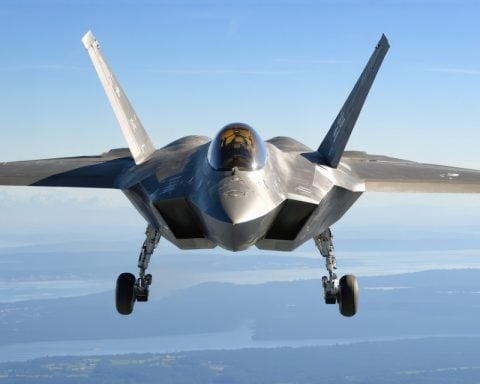WISeSat.Space, a subsidiary of WISeKey, is rapidly escalating its efforts to create a formidable European Low Earth Orbit (LEO) satellite network. This ambitious initiative positions itself as a strong competitor to SpaceX’s Starlink and China’s Thousand Sails by launching a series of satellites aimed at achieving Europe’s technological independence and secure data transmission.
Having already deployed 17 mini-satellites, WISeSat.Space plans to launch an additional 88 satellites over the next 36 months. Their initial launch from California is slated for January 2025. By 2027, the company intends to complete a constellation of 100 advanced satellites that will integrate sophisticated WISeKey cryptographic technology and SEALSQ Corp semiconductor innovations.
Strategic Antenna Deployments are crucial to the project’s success. The company has strategically positioned a satellite antenna in La Línea, Spain, and has plans to establish another in Switzerland to enhance communication capabilities across Europe.
Military Collaborations with the Swiss Army underscore the project’s strategic importance, as such partnerships aim to bolster military operations and European defense capabilities.
This groundbreaking venture is set to be a focal point of discussion at an esteemed roundtable during the World Economic Forum in Davos in January 2025. The event promises to bring together key stakeholders to explore technological advancements and policy frameworks for bolstering Europe’s position in the global space arena.
WISeSat.Space’s ambitious project not only promises to make strides in space technology but also seeks to secure Europe’s digital future against global contenders.
WISeSat.Space’s Ambitious Satellite Network: A Game-Changer in European Space Technology
In the rapidly evolving domain of satellite communications, WISeSat.Space, a subsidiary of WISeKey, is making significant strides with its ambitious plan to establish a robust European Low Earth Orbit (LEO) satellite network. This initiative emerges as a noteworthy competitor to global heavyweights like SpaceX’s Starlink and China’s Thousand Sails, aiming to ensure Europe’s technological sovereignty and the secure transmission of data. Here, we delve into the key aspects that could shape the future of this initiative.
Innovative Use of Cryptographic Technology
WISeSat.Space’s planned satellite constellation, projected to comprise 100 advanced satellites by 2027, will leverage WISeKey’s cutting-edge cryptographic technology and SEALSQ Corp’s semiconductor innovations. This integration is crucial for enhancing the security and reliability of communications, a factor that could set them apart in the competitive satellite industry.
Strategic Importance of Antenna Deployments
Central to the network’s success are the strategic antenna placements. Currently, a satellite antenna is operational in La Línea, Spain, with plans underway for establishing another in Switzerland. These deployments are critical for bolstering communication capabilities across Europe, ensuring seamless data exchange and connectivity.
Military Collaborations and Their Impacts
WISeSat.Space has established significant military collaborations, particularly with the Swiss Army. These partnerships are not merely strategic alliances; they underscore the project’s potential to enhance military operations and reinforce European defense capabilities. Such collaborations could play a crucial role in ensuring secure communications for military purposes, adding a layer of defense against potential threats to national security.
Market Trends and Insights
The satellite communication market is witnessing a surge in demand for secure and reliable data transmission, driven by technological advancements and the need for strategic autonomy. WISeSat.Space’s initiative aligns with these trends, aiming to capture a significant share of the market by offering enhanced security features and strategic partnerships. The company’s focus on integrating advanced cryptographic technologies could position it as a leader in secure satellite communications.
Predictions for WISeSat.Space’s Future
As WISeSat.Space prepares for an initial launch from California in January 2025, industry analysts predict that this venture could significantly alter the landscape of European satellite communications. The involvement of key stakeholders at the World Economic Forum in Davos indicates robust interest and potential support for policy frameworks that strengthen Europe’s space capabilities.
Conclusion
WISeSat.Space’s initiative represents a pivotal moment in Europe’s pursuit of technological independence in space. By focusing on secure communications and strategic collaborations, the company is poised to not only compete with global giants but also safeguard Europe’s digital future. For more insights into WISeSat.Space and WISeKey’s innovations, visit their official website.







